The Command & Conquer franchise played a pivotal role in shaping my taste in games. It was not just the RTS gameplay that stood out, but how those games emphasized player urgency, variety, and a deliberate focus on delivering a consistent, memorable, and high-quality experience.
Tempest Rising follows in the footsteps of Westwood Studios and aims to serve as the spiritual successor to a once-cherished franchise, hopefully reviving a genre that has since been replaced with a notably different breed of strategy games.
Does it succeed? Is it more than just a trip down nostalgia lane? Let’s find out.
Two Interesting Factions
Tempest Rising launches with two playable factions: the GDF and the Tempest Dynasty, with a third one on the way. The two sides are distinct, each offering unique playstyles, aesthetics, and units. It is your classic Blue vs. Red matchup, where one faction boasts superior technology and communications, while the other dominates with raw firepower.

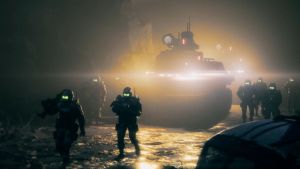
Compared to its beta, the GDF has received some buffs, but it remains the more technical faction if you want to maximize its potential. This creates a slight disparity between the two, but I found the game largely balanced thanks to the GDF’s Intel System, which rewards constant reconnaissance and scouting.
That said, the base units of the GDF feel a bit weaker compared to the Dynasty, especially the field scouts, who turn to cinders the moment they encounter Tempest Dynasty flamethrowers. However, this is largely evened out thanks to Drone Operators and Grenadiers, who are capable of taking on vehicles as well. In the right hands, the GDF can be quite ruthless, but I still think the Tempest Dynasty has the edge due to sheer damage output and firepower.

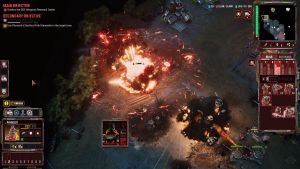
This does not make either faction less fun to play, and the fact that each one has in-depth, unique mechanics makes them all the more exciting to utilize and exploit. Perhaps one more round of balancing will offer parity.
I played through the entire GDF campaign and a few Tempest Dynasty matches in Skirmish mode. The campaign missions offer plenty of variety thanks to an abundance of secondary objectives. Each mission strikes a good balance between squad-based treks, base management, base defense, and full-on assaults on enemy bases.
Secondary objectives keep things fresh, often revealing strategies and mechanics you can later use in multiplayer and skirmishes. If you’ve played a Command and Conquer game, especially the Red Alert series, you’ll feel right at home. I also appreciate that the enemy AI leans aggressively. You are not just sitting back and expanding your base, you are constantly harassed while mining precious Tempest.

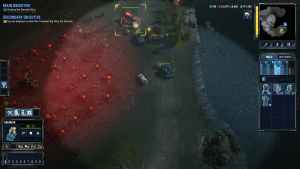
In terms of pacing, the missions nail the feel of a solid RTS campaign. You are never stuck in monotonous loops, and there is always something happening. If you are like me and want a Red Alert 4 that stays simple without dumbing things down, Tempest Rising mostly delivers on that, at least mechanically.
Tim Curry Not Found
So, full marks for gameplay, mechanics, and mission pacing, but what about the other pillars that defined the golden age of RTS games? Let’s talk about the cutscenes, briefings, and overall tone.

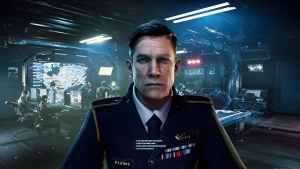
Sadly, this is where I am less impressed. If you go back and watch any live-action cutscene from Red Alert, there is a certain energy, a full commitment to the roles that made even the cheesiest scenes memorable. I am not saying Tempest Rising needed to mimic that exact tone, but here, the character briefings feel dry, stiff, and a bit lifeless.
Eventually, I found myself more invested in the high-quality CGI cutscenes than the in-game character briefings, where characters stare blankly while delivering dialogue like they are reading from a teleprompter over a Zoom call. You just stop caring after a while.
Thankfully, this does not apply to the voice acting of the different units and vehicles. Units deliver their key lines with real enthusiasm, keeping the battlefield lively. Again, when you are actually playing the game, Tempest Rising feels about as close to perfect as it can get.
I Love the Smell of Napalm in the Morning
Let’s talk about the presentation next because this is another aspect that Tempest Rising absolutely nails, well, mostly.
Levels are massive, full of detail, and offer enough tangible interactivity that driving a vehicle through them feels ages ahead of anything else in the genre. Tanks mow down trees, jeeps come to a sudden halt and bounce around, barrels cause massive explosions, rockets tear through defenses, and you paint the roads red through sheer firepower of your infantry.

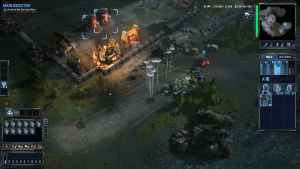
It’s all visually superb and beautifully animated. I love the unit, structure, and vehicle designs. Everything feels natural and consistent across a faction with tiny details that you can appreciate if you zoom all the way in.
If you’re playing this on a larger display, it’s an absolute treat for the eyes and one of the few Unreal Engine games that has a unique look. It’s a dark game, but not in an oppressive way. The deep reds of the Tempest are a constant, and it’s hard not to be consumed by it, the same way both factions are.
The soundtrack features some excellent industrial metal tracks, which harken back to the Red Alert franchise and its incredible music. Frank Klepacki has a few tracks in the full OST as well, and you can switch between them anytime using the jukebox in the pause menu.
While the music is great, I think the individual effects for explosions and gunfire could’ve been punchier. I can’t find anything in Tempest Rising that sounds like the ramp-up sound of the Gattling Tank from Red Alert 2. The effects aren’t bad or anything, but not as explosive as I would have preferred.
Verdict
Tempest Rising is a confident return to classic RTS design, and it is clear how much care went into every part of it. The massive, beautifully detailed maps, satisfying destruction, and strong faction identity make every battle feel dynamic and rewarding. While the character briefings add some context to the story, they lack the charm and personality to be memorable, often coming across as a little too self-serious compared to the rest of the game’s polish.


Still, the core experience shines through, offering a dark, striking world that is a constant visual treat. If you have been craving a real successor to the golden days of RTS, this one deserves your attention.

- Excellent gameplay variety thanks to two unique factions.
- Strong art direction, memorable designs and superb animation work throughout.
- Secondary objectives keep things fresh and the overall pacing is tight.
- Character briefings are boring and lack any charm or memorable lines.
- Some of the audio effects aren't as punchy.






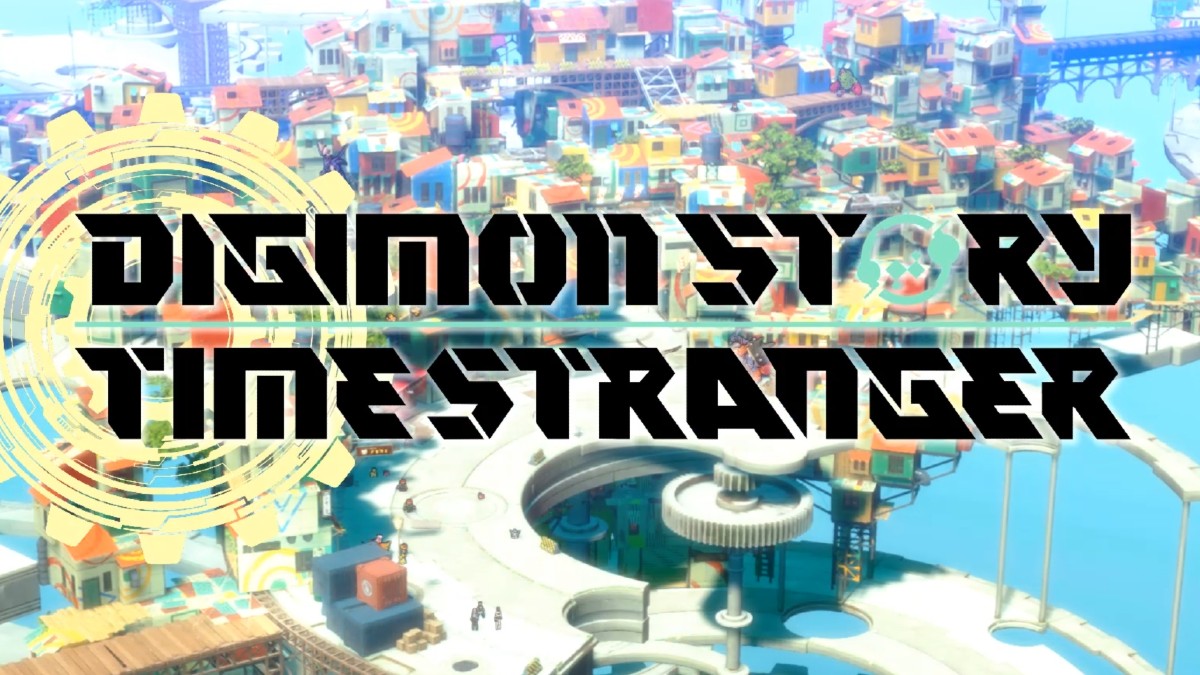






Published: Apr 17, 2025 10:00 am